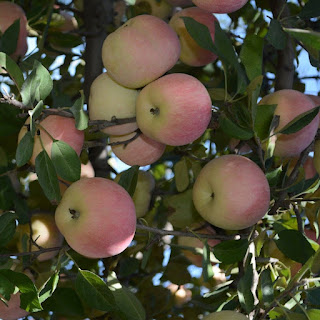Golden Pothos
Pothos a Species of Tongavine
Common Name:
- Money plant
- Taro vine
- Hunter's robe
- Ivy arum
Botanical Name:
Epipremnum aureum
Name Story:
Golden pothos:
Since its green leaves are laced with the color gold, it is called Golden Pothos. Epipremnum aureum has a long and tortuous naming history, and it has been reclassified several times. It was first classified as Pothos aureus. In 1962, scholars discovered that it actually had a blossoming phase. Since then, scholars closely observed and investigated the plant's flowers, leaves and growth, and determined its latin name to be Epipremnum aureum.
Scientific classification
Genus:
Epipremnum - Tongavines, Pothos, Devil's ivies, Centipede tongavines
Family:
Araceae - Arum, Aroids
Order:
Alismatales - Water plantains and allies
Class:
Liliopsida - Monocotyledons, Monocots
Phylum:
Tracheophyta - Vascular plants, Seed plants, Ferns, Tracheophytes.
Characteristics:
Plant Type: Herb
Lifespan: Perennial
Bloom Time: Spring, Summer
Plant Height: 66 feet
Spread: 8 to 12 inches
Flower Size: 1 inch
Habitat: Tropical forests
Flower Color: Green
Leaf Color: Green, Yellow, Variegated
Fruit Color: Red, Orange, Burgundy
Stem Color: Green, Yellow, Cream
Information..
The golden pothos is a popular flowering house plant that's commonly seen in Australia, Asia, and the West Indies. It goes by many nicknames, including "devil's ivy," because it is so hard to kill, and can grow in the dark. Golden pothos has poisonous sap, so it should be kept away from pets and children.
Will it be fatal if my cat takes a bite on golden pothos?
Golden pothos is toxic to dogs and cats. Ingestion of any part of the plant may cause vomiting, oral irritation and difficulty swallowing.
Is the golden pothos poisonous for humans?
Golden pothos is slightly toxic to humans and animals if ingested and may be considered a noxious weed in some regions.
Devil's ivy:
Even if kept in the dark, it can stay green the whole year long, just like the tenacity of the devil. It is also known as devil's ivy because it is almost impossible to kill.
Interesting Facts:
The golden pothos is a popular houseplant, largely due to the way in which it cleans the air.
In newly-renovated homes, the golden pothos has been shown to absorb benzene, trichloroethylene and formaldehyde, although you cannot rely on the plant alone to remove all harmful gases from a room.
Nevertheless, they have tenacious vitality, and can quickly convert formaldehyde into sugars or amino acids, while decomposing any benzene emitted by photocopiers and printers, making it no surprise that this plant is often seen in homes and offices.
Tips from Garden Coaches:
Golden pothos is a common indoor foliage plant valued for its beautiful shape, simple cultivation, and easy maintenance.
Conditions Requirement:
Difficulty Rating:
Golden pothos is super easy to take care of, with resistance to almost all pests and diseases. It is a perfect option for gardeners with brown thumbs.
Sunlight:
Partial sun, Full shade
Hardiness:
30 ℉
Hardiness Zones:
9 to 11
Soil:
Chalky, loam, clay, sand; well drained; slightly acidic, neutral, slightly alkaline
Care Guide:
Water:
Golden pothos grows best in moist soil with medium humidity. When growing golden pothos, it is beneficial to mist the plant's leaves regularly with a spray bottle to maintain humidity around the leaf area.
The top layer of soil should be allowed to dry between waterings, and the plant will grow best if it is kept in a pot with a draining hole in the bottom.
Fertilization:
Fertilization once a month during the growing season.
Pruning:
Shape the plant every 2 months during the growing season.
Planting Time:
All year around
Propagation:
Cutting, Division
Potting Suggestions:
Repot in the spring, choosing a container that's no more than 2 inches larger than the plant's rootball. Use a nutrient-rich, soil-based potting mix.
Pests and Diseases:
Wheat leaf blight fungus, bacterial infections; Pseudococcidae, spider mites, scale insects
Uses:
Environmental Protection Value:
The golden pothos has strong air purification properties and impurity adsorption abilities, which can effectively remove a number of toxins from the air.
Garden Use:
- Golden pothos is a perennial evergreen vine commonly found in gardens of tropical climates.
- It is prized for its variegated green and yellow leaves.
- The trailing tendrils make it suitable for ground cover or as an understory plant. Golden pothos is essential in tropical-themed gardens.
- Plant with ferns for textural contrast or other succulents for a beautiful scene.




Comments
Post a Comment